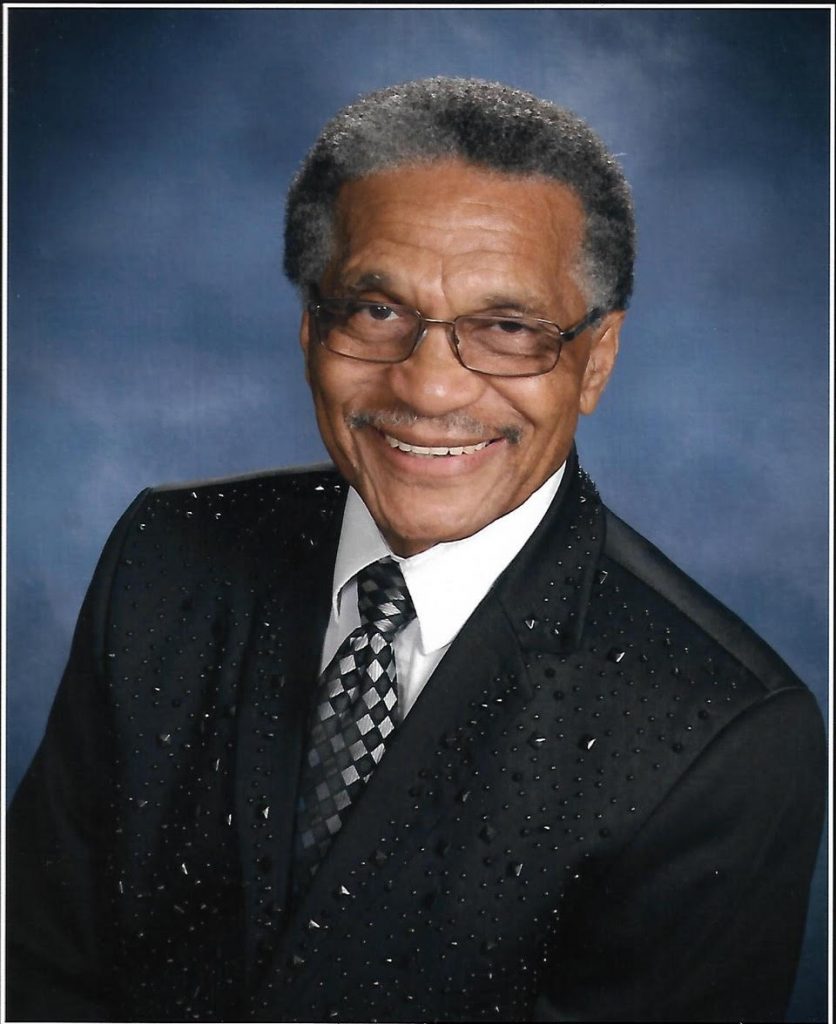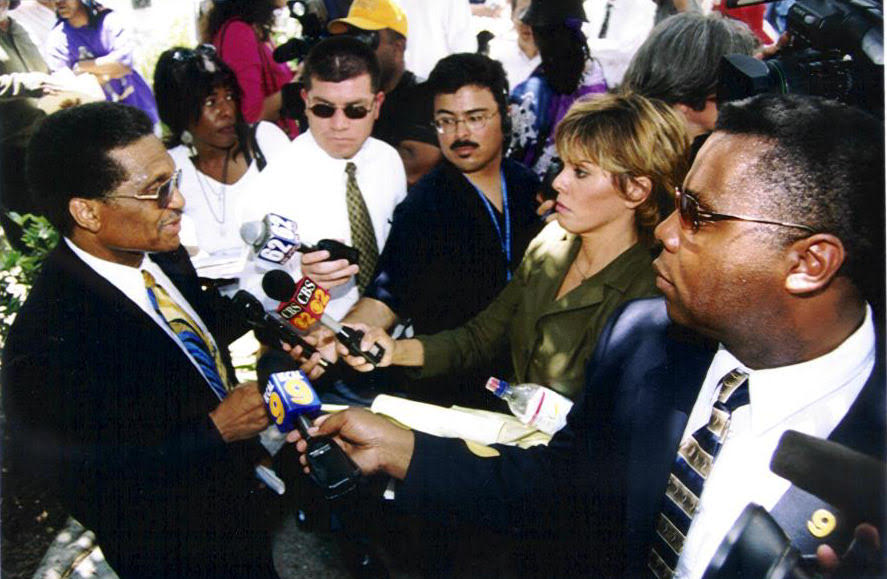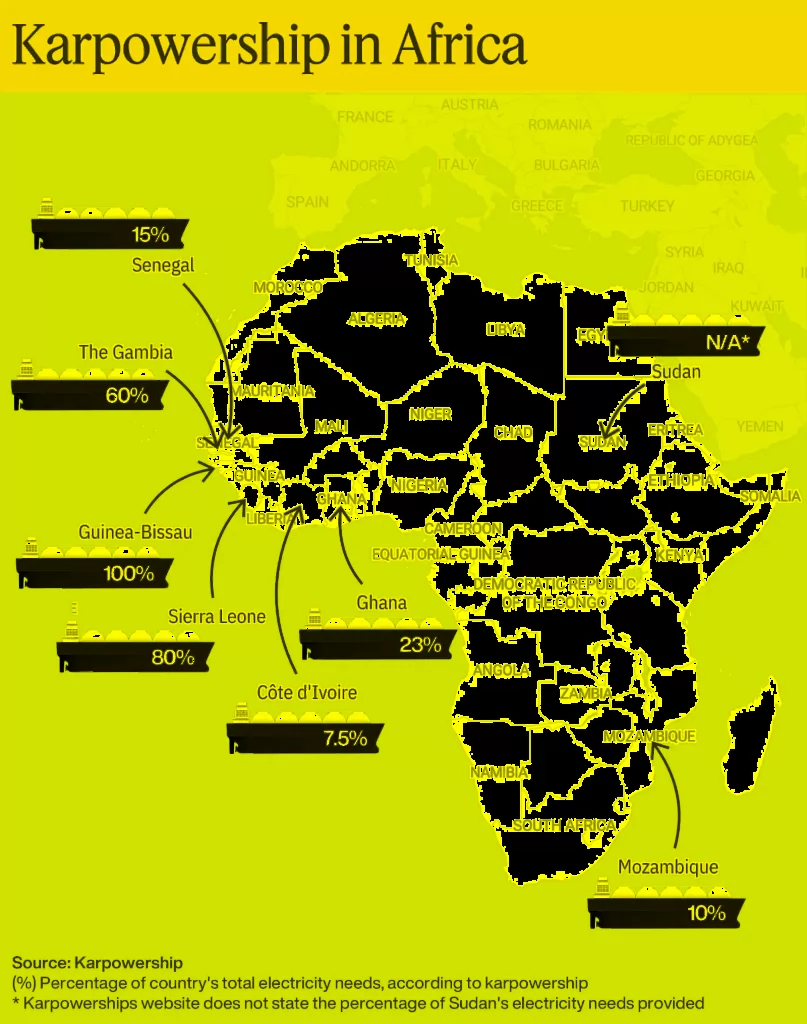LOS ANGELES, CA — Covered California kicked off its 2024 open-enrollment period at the iconic Los Angeles State Historic Park and Roundhouse Bridge, a public space that serves some of the most vulnerable communities in the state, with roots that connect back to the early history of the city and region.
California Black Women’s Health Project Chief Executive Officer Sonya Young Aadam was among those who joined Covered California Executive Director Jessica Altman to launch open enrollment and highlight how record financial assistance are bridging the gap between uninsured Californians and access to affordable, name brand health insurance coverage.
The event marked the start of the 11th year of Covered California offering affordable, name brand health care coverage and financial assistance to Californians under the Affordable Care Act. Open enrollment, which began Nov. 1 and runs through Jan. 31, 2024, is the time of year when Californians can sign up for health insurance or make changes to their existing plans.
“There has never been more financial assistance available to help Californians pay for health care coverage than there will be in 2024,” said Jessica Altman. “We want every uninsured Californian to know that affordable and quality health care coverage is available and within closer reach than ever before.
Bridging the Gap
The theme for this year’s campaign, “Bridging the Gap,” emphasizes the role Covered California plays in connecting uninsured Californians with affordable, high-quality health insurance. Covered California is also currently serving as a bridge for those who are no longer eligible for Medi-Cal.
With the end of the federal continuous coverage requirement in March, Medi-Cal began its year-long renewal and redetermination process for more than 15 million members in April. To help those deemed no longer eligible Medi-Cal coverage, Covered California launched its auto-enrollment program to eliminate gaps in health care coverage and help ensure a seamless transition from Medi-Cal to a health insurance plan offered by Covered California.
Bridging the Gap in Health Disparities
This year’s theme also reflects Covered California’s commitment to bridging the gap in health disparities. Enrolling consumers in health insurance is critically important, and advancing health equity to ensure that California’s diverse populations have the resources and opportunities they need to thrive is also paramount. Covered California’s new Chief Medical Officer, Dr. Monica Soni, brings passion and enthusiasm to her role of advancing health equity.
“Our guiding mission is to ensure that once you open the door to having insurance, you also cross the threshold into receiving accessible care,” Dr. Soni said. “Coverage is critical, but coverage doesn’t equate to access. We want everyone with coverage to have a meaningful relationship with a primary care provider and receive lifesaving and life-sustaining, free preventive care. The road to wellness for you and your family begins there.”
Community Outreach
During this year’s open-enrollment, Covered California is partnering with organizations throughout the state to bring health resources to the community. In Los Angeles, this Saturday, Nov. 11, Covered California will participate in the African American Men’s Wellness Walk at Rancho Cienega Recreation Center, where in addition to health screenings, two informational sessions with Dr. Soni will be presented at 9 and 10:15 am. The sessions will discuss healthcare, open enrollment and Medi-Cal, and be moderated by KJLH Radio on-air personality Adai Lamar.
Signing Up for Coverage Is Easy
Consumers can learn more about their options by visiting CoveredCA.com, where they can easily find out if they qualify for financial help and see the coverage options in their area.
All they need to do is enter their household income, ZIP code, household size and the number of people who need coverage and their ages into the calculator on Covered California’s homepage.
In addition to visiting CoveredCA.com, those interested in learning more about their coverage options can also:
- Get free and confidential assistance over the phone, in a variety of languages, from a certified enroller.
- Have a certified enroller call them and help them for free.
- Call Covered California at (800) 300-1506.
About Covered California
Covered California is the state’s health insurance marketplace, where Californians can find affordable, high-quality insurance from top insurance companies. Covered California is the only place where individuals who qualify can get financial assistance on a sliding scale to reduce premium costs. Consumers can then compare health insurance plans and choose the plan that works best for their health needs and budget. Depending on their income, some consumers may qualify for the low-cost or no-cost Medi-Cal program.
Covered California is an independent part of the state government whose job is to make the health insurance marketplace work for California’s consumers. It is overseen by a five-member board appointed by the governor and the Legislature. For more information about Covered California, please visit www.CoveredCA.com.
 Westside Story Newspaper – Online The News of The Empire – Sharing the Quest for Excellence
Westside Story Newspaper – Online The News of The Empire – Sharing the Quest for Excellence


